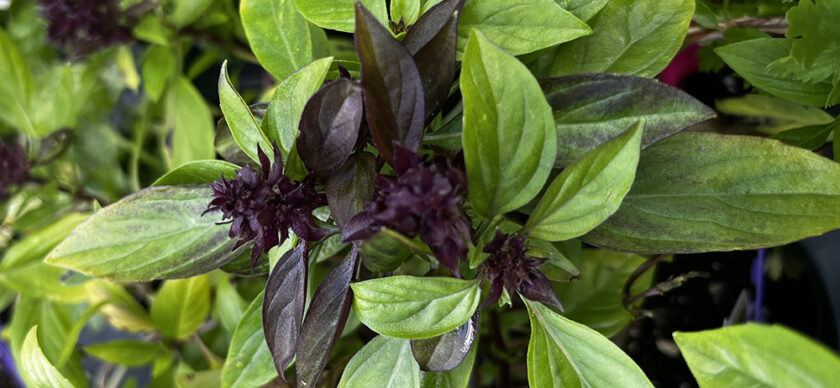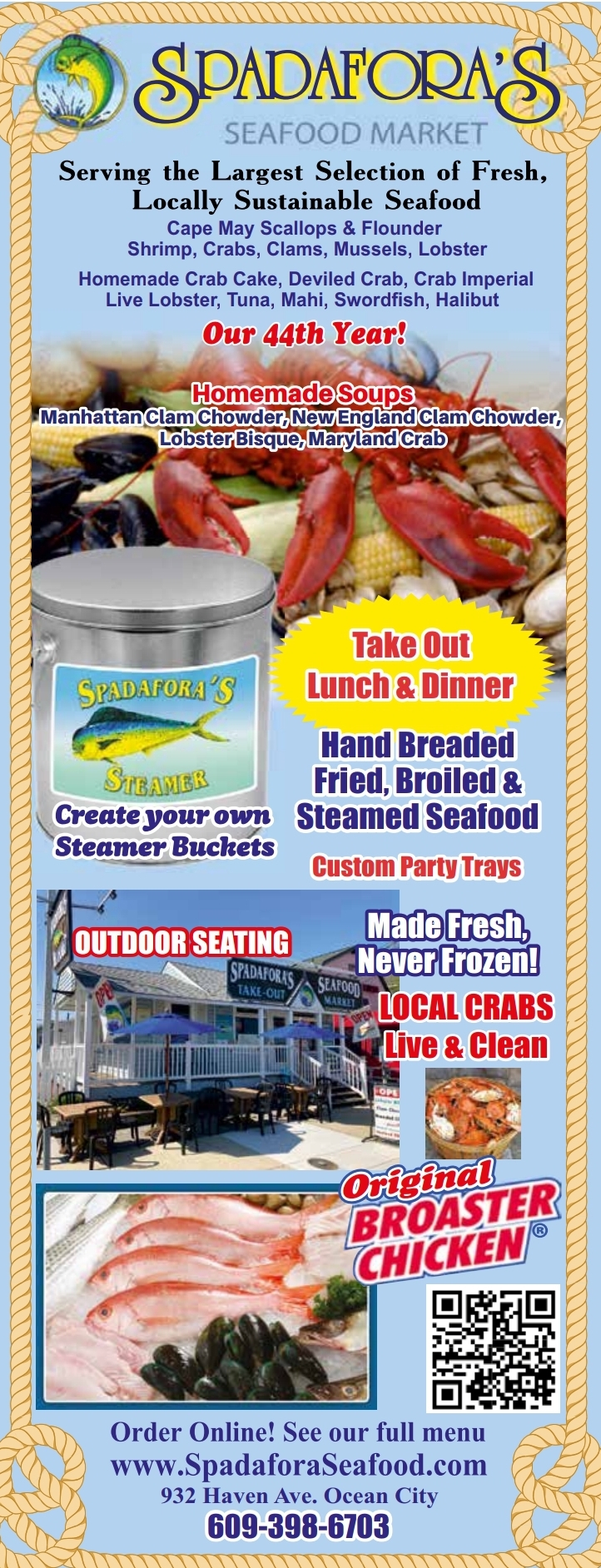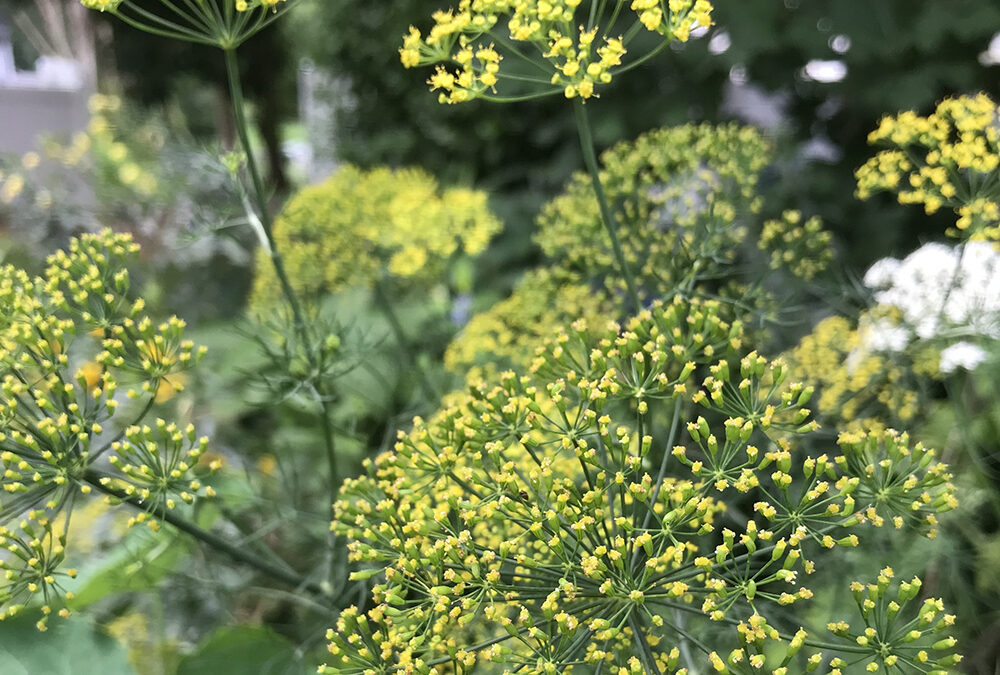Nothing can compete with the flavor of fresh herbs like basil in bruschetta or cilantro in homemade pico de gallo. Even if your cooking level is more basic, adding herbs right from the garden can elevate all of your favorite foods. Growing your own herbs makes it easy to snip a little of this or that as dinner cooks on the stove. Fortunately, herbs are fairly easy to grow and a perfect way to try your hand at gardening.
If you are short on space, you are in luck, because a few herbs in small terra-cotta pots should be all you need to add some flavor to your dishes. Plant your herbs close to your kitchen door so that they are easily accessible when making a meal. Keep in mind that not all herbs like the same growing conditions, so you will want to group those with the same preferences together. Most herbs will need to have good drainage and a bit of sun, but some are less fussy than others. In South Jersey, basil and rosemary will take as much sun as you can give them. But, while basil will benefit from a loose, fertile soil, rosemary (like lavender) prefers soil that is poor, rocky, sandy, and dry. It is essential that rosemary has well-drained soil and is allowed to dry out between waterings, since it is very sensitive to root rot. Rosemary is a perennial and should survive through winter. Basil, on the other hand, is an annual and will give up the ghost after the first hint of frost and prefers temperatures above 50 degrees. (Can you blame it?) When picking basil, snip the stem just above the second set of leaves from the top instead of pulling off a leaf here or there. This will cause new leaves to branch out, giving you a bushier, more fertile plant. Use these tasty leaves over pizza, in pasta dishes, or pick a large amount for pesto. At the end of the season, when lower temperatures are in the forecast, harvest the last of your basil to preserve it for the winter months. Chop the basil leaves and add them to olive oil in ice cube trays to freeze. The other sun-lover, rosemary, is an essential ingredient in my focaccia bread, but it is also delicious when used on chicken, steak, or red bliss potatoes. Snipping the pine needle-like leaves with kitchen scissors is the easiest way to cut small pieces of rosemary. You can use both basil and rosemary to infuse vinegar or olive oil.

Some herbs will take over the garden if not taught their place. Mint can be a refreshing addition to iced tea and other beverages, and also tastes delicious when added to tabbouleh. Oregano is a must-have in Italian dishes. But both of these plants are aggressive growers and need to be contained in their own spaces. Grow both of these herbs in separate pots, and avoid planting them in a main garden bed. Both mint and oregano will come back year after year and can grow in full sun. However, mint can handle part shade and prefers soil to be on the moister side.
Cilantro and dill are cool-season herbs and easy to grow from seeds. Directly sow their tiny seeds in early spring. When hot weather arrives, the plants will bolt and go to seed. The mature plants may self-seed, and you will find surprise plants popping up all around next spring. We call the seeds of cilantro “coriander”. However, in other countries, they call the entire plant coriander. Once the tiny balls of coriander seeds are brown and dry, you can collect them to save for planting the following growing season. Enjoy cilantro in salsa or tacos. When dill matures, it produces pretty, umbrella-shaped flower heads. The flowers make a nice addition to the garden and will also add a unique touch to cut flower arrangements. Dill tastes delicious in tzatziki and in seafood dishes. The seeds are often used to make dill pickles, but you can also add the flowers, which will look very pretty in the canning jars.
While some herbs will attract adult butterflies with their flowers, others are host plants for the caterpillars of butterflies. If you are growing parsley, fennel, or dill, you may be alarmed to see caterpillars eating your crop. But if you are willing to share, you will soon find that they turn into beautiful black swallowtail butterflies. You may wish to plant extra herbs so that you can freely offer some of them to the caterpillars.
We would love to hear about your favorite herbs to grow. Send your comments and questions to Shorelocalgardener@gmail.com.
Tammy Thornton lives with her husband, children, and crazy pets while enjoying a life of gardening, cooking, and going to the beach.

















